Tired of passive storytelling?
Yearning for tales that respond to your choices?
That’s where the AI storytelling tools step in, offering an exhilarating journey through interactive narratives. In this deep dive, we uncover the magic behind AI storytelling generator NSFW storytelling and its impact on immersive tales.
Ever wanted to bend the storyline, shape the characters, and steer the plot?
Imagine an AI storyteller voice that reacts to your decisions, crafting unique paths tailored just for you. That’s the essence of interactive AI storytelling – it’s not just a story, it’s your story.
But it’s not all about the thrills; it’s about the evolution. We’re peering into the future of storytelling, where AI storytelling tools learn, adapt, and surprise, offering endless possibilities. Yet, amidst the excitement, there are vital ethical considerations to navigate.
Join us on this exploration into the heart of AI-driven narratives.
Dive in, and let’s unravel the art of interactive AI storytelling together.
What is Interactive storytelling?
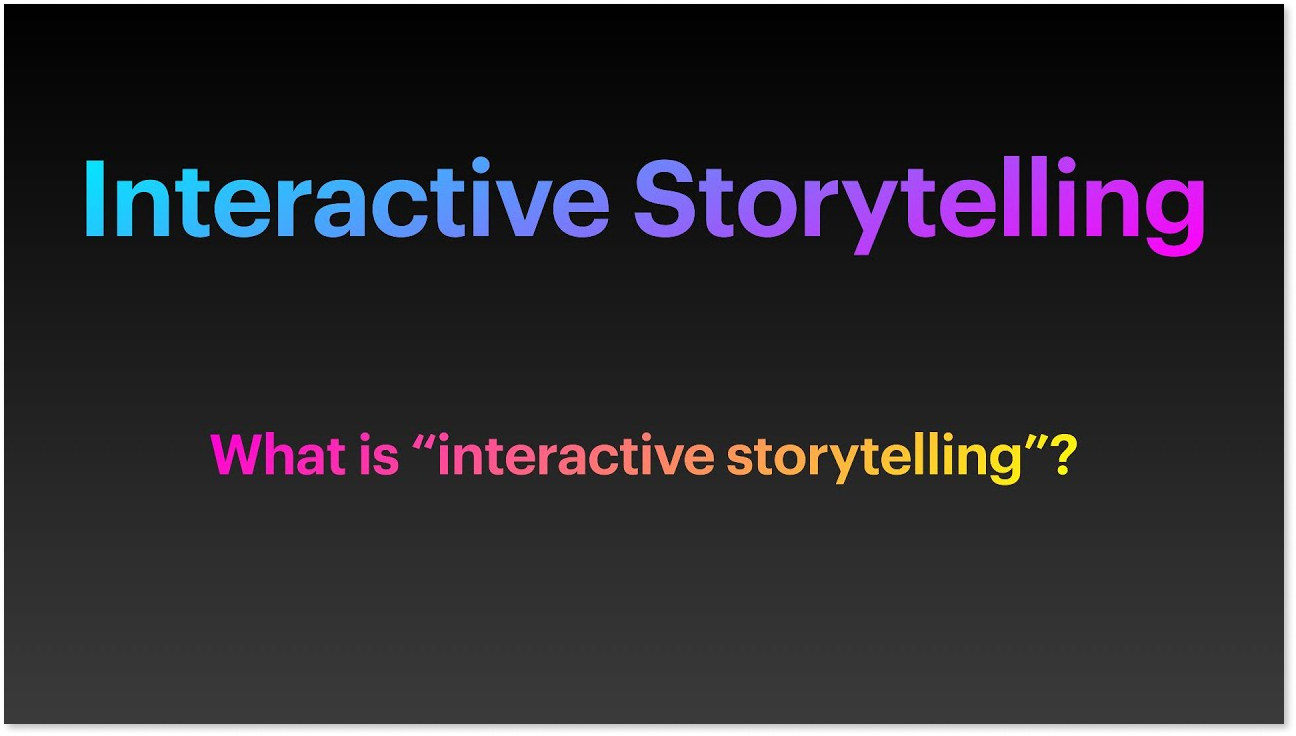
Interactive storytelling refers to a narrative form that actively involves its audience, allowing them to participate and influence the progression of the story. In this dynamic approach, individuals aren’t mere spectators but pivotal contributors shaping the storyline’s direction.
The evolution of technology, specifically ai story writer tools and ai story generator free platforms, has revolutionized storytelling. These tools use advanced algorithms and machine learning to create narratives that respond to user input, providing a personalized and engaging experience.
Unlike traditional linear storytelling, interactive storytelling offers branching narratives. It presents various pathways and outcomes, often driven by the choices users make within the storyline. This not only enhances engagement but also gives individuals a sense of agency, making them active participants in the narrative process.
The essence lies in the synergy between technology and creativity. AI story generator free tools leverage natural language processing and machine learning to comprehend user interactions, generating responses that seamlessly integrate into the evolving storyline.
This form of storytelling extends beyond entertainment, finding applications in education, gaming, and even therapy. It opens doors to a realm where stories adapt, evolve, and resonate uniquely with each participant, promising a future where narratives transcend passive consumption and become immersive, interactive experiences.
Explain the rise of AI. storytelling generator?
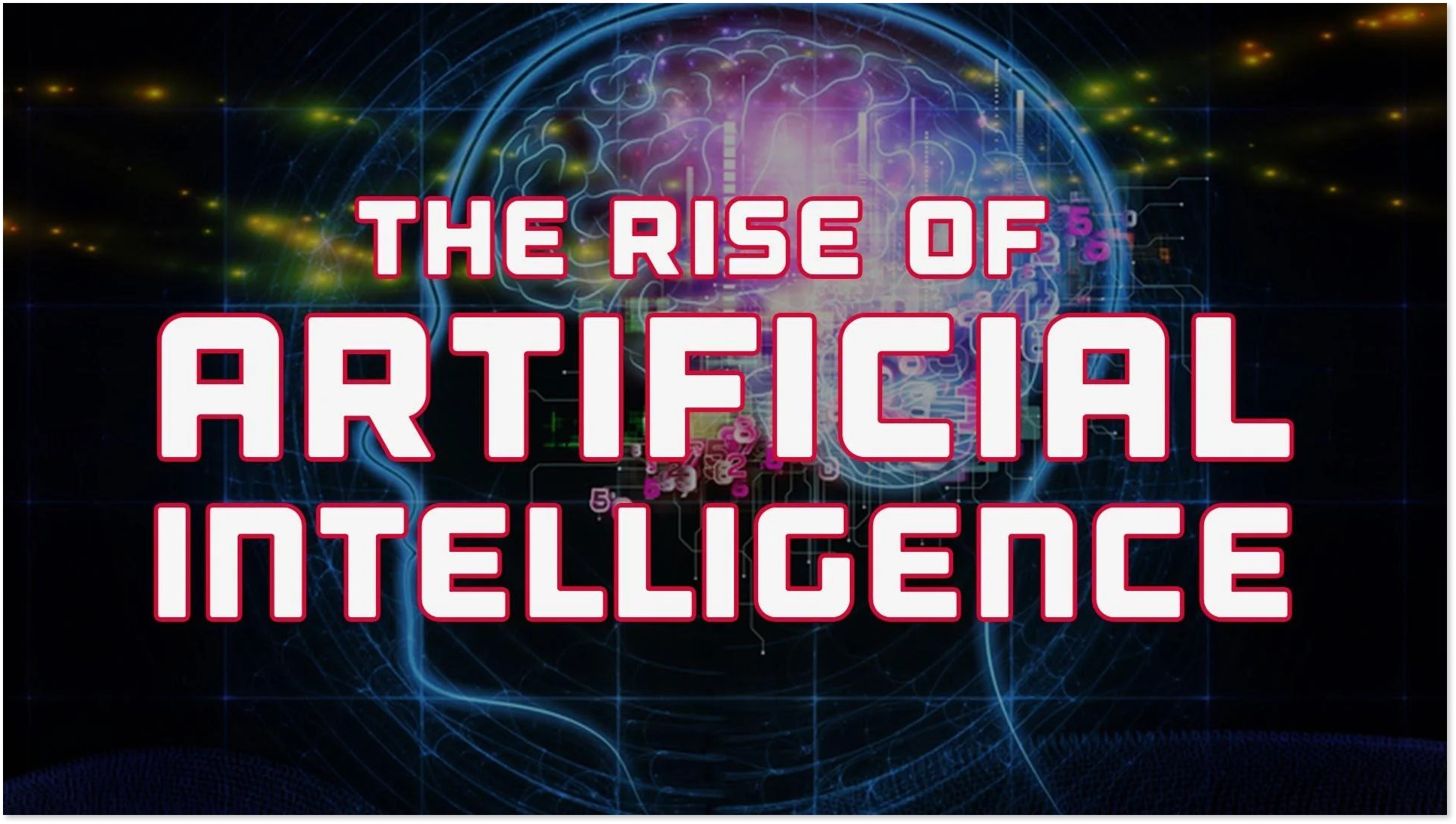
The rise of AI storytelling generators marks a significant milestone in the evolution of narrative creation. Several factors have contributed to their emergence and subsequent prominence:
Technological Advancements
With breakthroughs in artificial intelligence, particularly in natural language processing and machine learning, AI has become more adept at understanding and generating human-like text. This progress forms the foundation for AI storytelling generators.
Data Availability
The exponential growth of digital data has provided AI systems with vast amounts of text and content to learn from. These generators use this data to analyze patterns, styles, and structures, enabling them to produce coherent and contextually relevant narratives.
Demand for Personalized Content
In an era where personalization is highly valued, AI storytelling generators cater to this need by offering tailored narratives. They can adapt based on user input or preferences, providing unique experiences for individuals.
Creative Assistance
Content creators, writers, and marketers are increasingly utilizing AI storytelling generators as creative aids. These tools can offer inspiration, generate ideas, or even produce drafts that humans can refine or elaborate upon, streamlining the creative process.
Accessibility and User-Friendly Platforms
Many AI storytelling generators are now accessible through user-friendly platforms, making them more approachable to a wider audience. This accessibility democratizes storytelling, allowing anyone to create narratives without extensive technical knowledge.
Entertainment and Education
From gaming narratives to educational content, AI storytelling generators have found applications across various industries. They offer immersive experiences in gaming and assist in delivering educational content in engaging formats.
What are the backbones of stories?

The backbone of stories consists of fundamental elements that provide structure, depth, and meaning to narratives, weaving them into coherent and compelling wholes. These essential components form the foundation upon which stories are built:
1. Character
Characters are the heart of any story. They drive the plot, evoke emotions, and engage the audience. Protagonists, antagonists, and supporting characters bring the narrative to life, each with their unique traits, motivations, and arcs.
2. Plot
The plot is the sequence of events that unfold in a story. It comprises the storyline, conflicts, and resolutions. A well-crafted plot captivates audiences, keeping them engaged as it moves from exposition to rising action, climax, falling action, and resolution.
3. Setting
The setting establishes the backdrop against which the story unfolds. It encompasses the time, place, and atmosphere, creating a vivid and immersive world that influences the characters and events.
4. Theme
Themes are the underlying messages or central ideas explored within a story. They provide depth and significance, often addressing universal concepts such as love, sacrifice, justice, or identity.
5. Conflict
Conflict is the driving force that propels the narrative forward. It can be internal (within a character) or external (between characters or against external forces), creating tension and drama crucial for the story’s progression.
6. Point of View/Narrative Voice
The perspective from which the story is told influences its tone, credibility, and intimacy. Whether first-person, third person limited, or omniscient, the narrative voice shapes the reader’s connection to the story.
7. Resolution
The resolution is the conclusion of the story, where conflicts are resolved, and loose ends tied up. It provides closure to the narrative, offering satisfaction or leaving room for contemplation.
Human-generated stories vs AI-generated storytelling
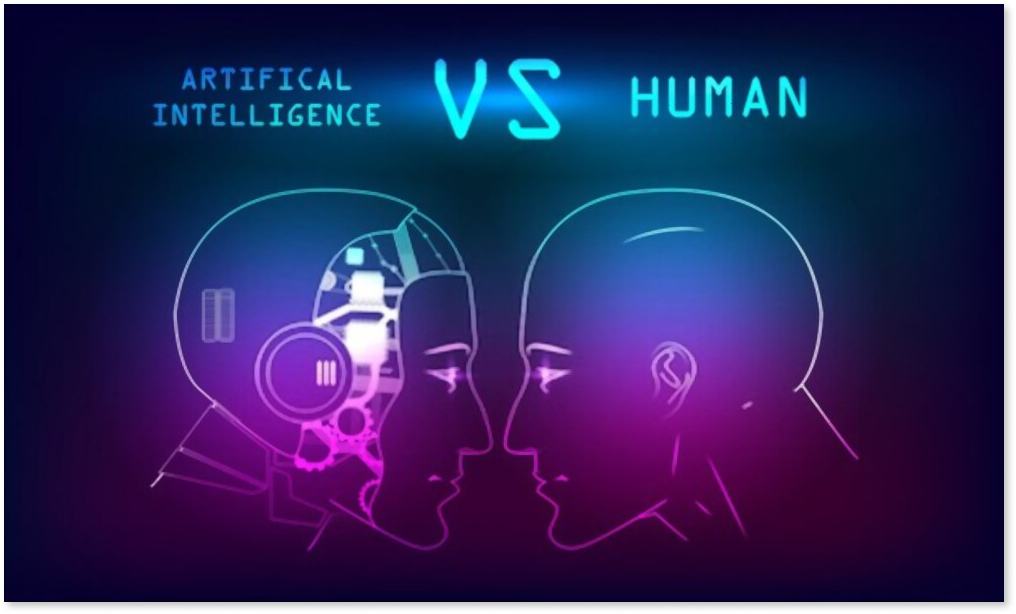
Human-generated stories and AI-generated storytelling represent two distinct approaches to narrative creation, each with its unique strengths and implications. Let’s explore the stark yet fascinating differences between these two worlds:
Human-Generated Stories
1. Depth of Emotion and Insight
Human-generated stories stem from personal experiences, emotions, and cultural nuances. They possess an inherent depth that reflects the complexity of human emotions, offering profound insights into the human condition.
2. Unpredictable Creativity
Human storytellers bring an unpredictable, intuitive, and sometimes erratic creative flair to their narratives. Their ability to connect disparate elements, evoke emotions, and surprise audiences is born from innate creativity and imagination.
3. Empathy and Authenticity
Human-generated stories often resonate deeply due to their authenticity and the empathy infused by the storyteller’s own experiences and perceptions. They can touch hearts and minds in ways that feel inherently human.
AI-Generated Storytelling
1. Vast Scalability and Efficiency
AI-generated storytelling harnesses vast datasets and computational power, enabling the creation of numerous narratives rapidly. This scalability and efficiency offer diverse storylines and variations tailored to different tastes.
2. Adaptive Personalization
AI storytelling adapts to user inputs, creating personalized experiences by adjusting narratives based on individual preferences. This level of customization provides a unique engagement for each participant.
3. Structured and Consistent
AI-generated stories often maintain a high level of structural consistency due to the algorithms’ adherence to patterns and learned data. This consistency can ensure coherence across storylines and avoid plot holes.
3 Top AI-Story Generators
1. GPT-3 by OpenAI
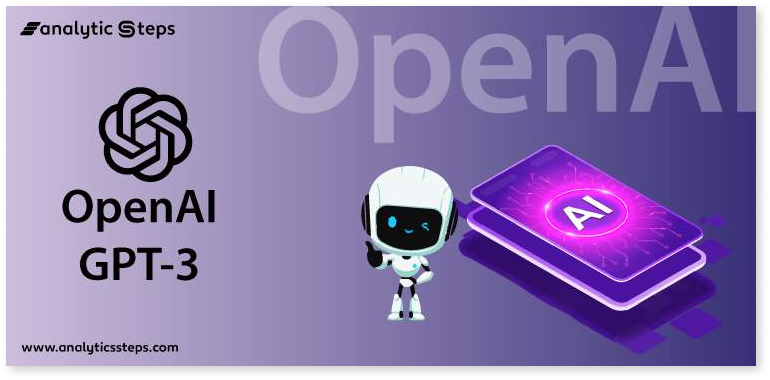
Specifications
OpenAI’s GPT-3, armed with a colossal neural network of 175 billion parameters, stands as a powerhouse in text generation. Its expansive capabilities span a wide array of topics, delivering responses that mirror human-like understanding.
Features
- Versatility: Crafts content across diverse genres, from narratives to technical scripts.
- Adaptability: Learns and refines responses from user interactions, tailoring output based on prompts.
- Natural Language Proficiency: Demonstrates an impressive grasp of context and coherence in generated text.
Limitations
- Control Constraints: Users may face limitations in directing the specifics of generated content.
- Biases and Inconsistencies: Despite advancements, inherent biases and occasional inconsistencies persist.
Pros and Cons
- Impressive versatility and adaptability.
- Exceptional natural language proficiency.
- Limited control over content specifics.
- Potential for biases and inconsistencies.
2. AI Dungeon
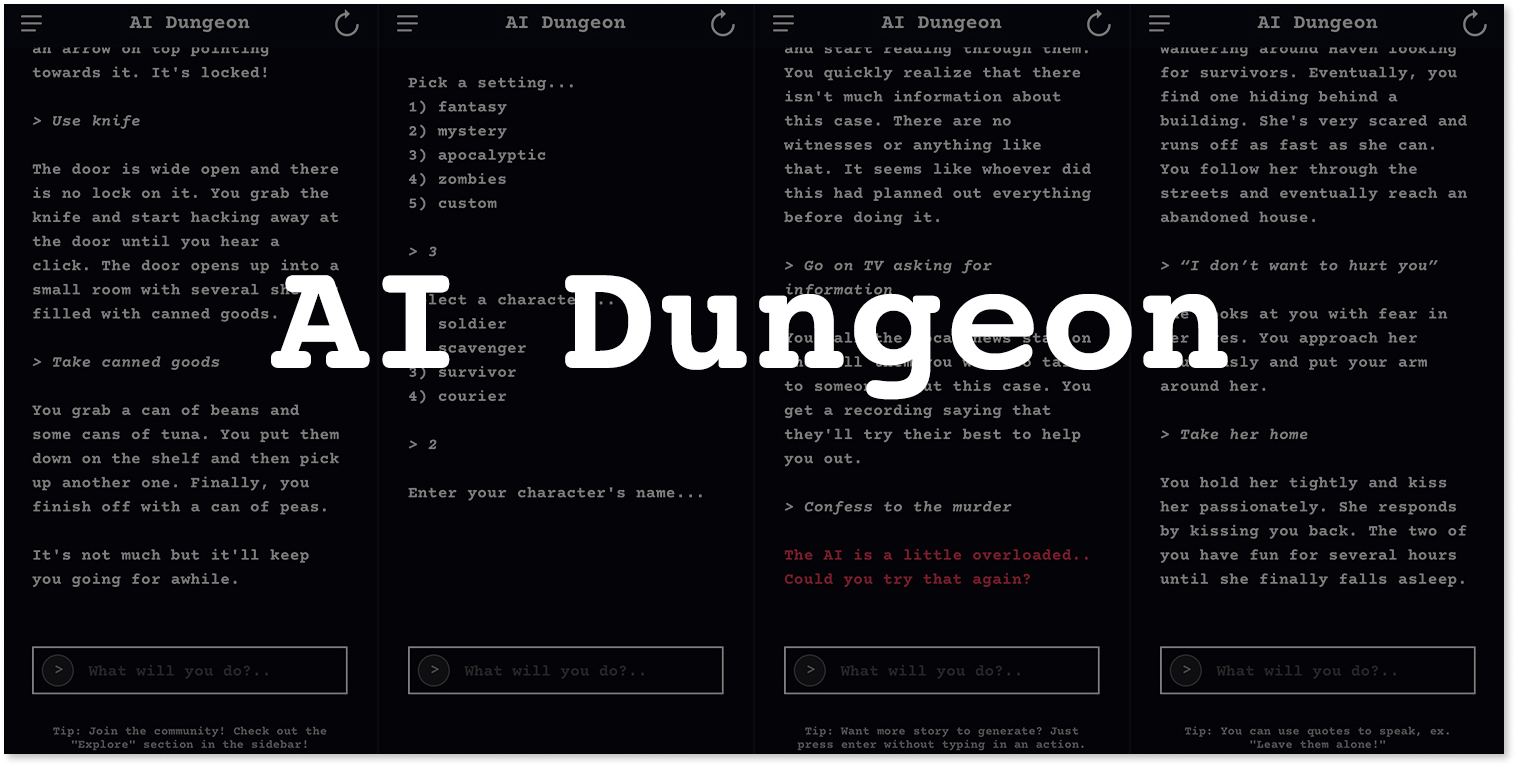
Specifications
AI Dungeon harnesses the capabilities of GPT-3 to create interactive text-based adventures. Users drive the narrative by providing prompts, shaping the story’s trajectory through natural language interactions.
Features
- Interactive Gameplay: Offers an immersive experience where user choices steer the storyline.
- Creative Liberty: Empowers users to explore various genres and settings.
- Community Integration: Facilitates sharing and exploration of stories created by other users.
Limitations
- Unpredictability: The AI’s freeform nature may lead to unexpected plot developments.
- Narrative Constraints: Instances of inconsistencies or abrupt plot shifts might occur.
Pros and Cons
- Engaging interactive gameplay.
- Provides creative freedom across genres.
- Possibility of storyline unpredictability.
- Potential narrative inconsistencies.
3. Sudowrite
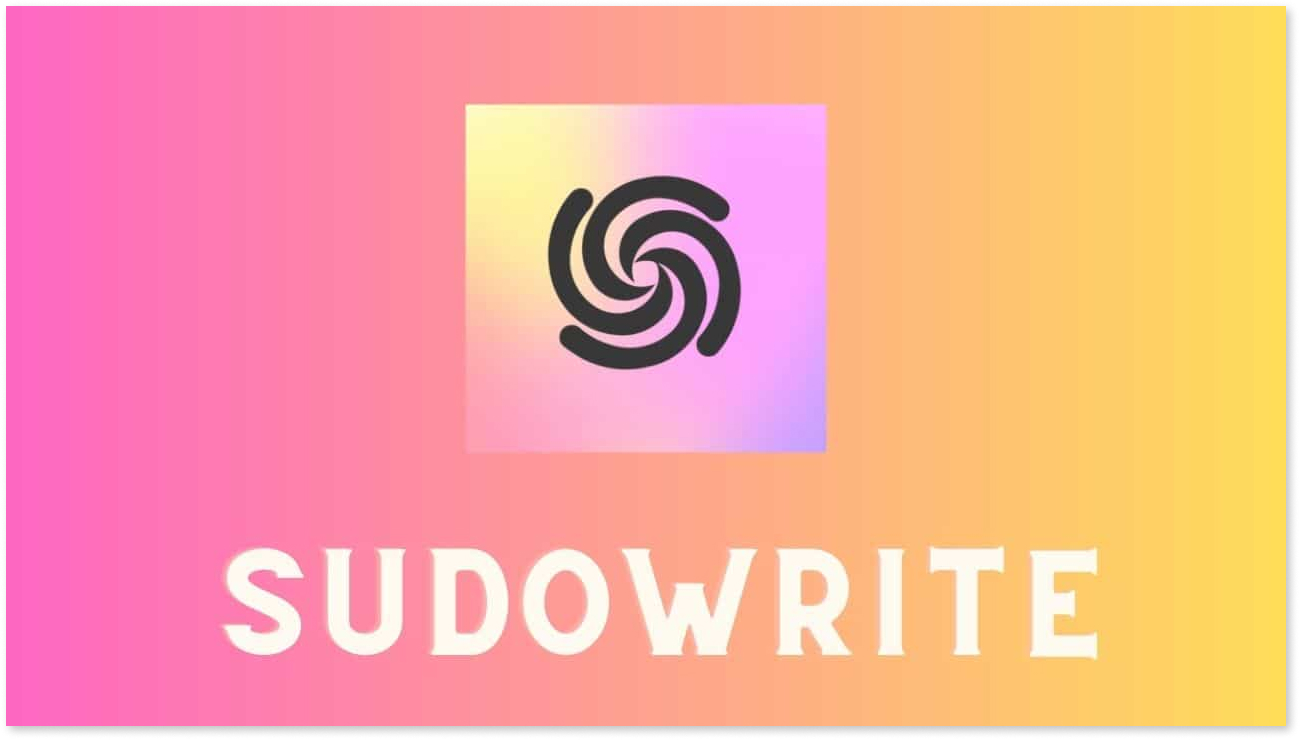
Specifications
Sudowrite, an AI-driven writing tool, aids writers in crafting and refining content. It offers suggestions, completion tools, and revision assistance to enhance the writing process.
Features
- Writing Assistance: Provides suggestions for sentence completion, style enhancements, and vocabulary enrichment.
- Collaboration Tools: Facilitates real-time collaborative writing with suggestions and revisions.
- Adaptation and Learning: Improves its suggestions based on user inputs and interactions.
Limitations
- Internet Dependency: Sudowrite’s functionalities rely heavily on consistent internet connectivity.
- Learning Curve: Users might need time to acclimate to the tool’s suggestions and interface.
Pros and Cons
- Valuable writing assistance and collaboration features.
- Learning and adapting to user inputs.
- Reliance on internet connectivity.
- Potential learning curve for users.
Advantages of using AI- storytelling tools
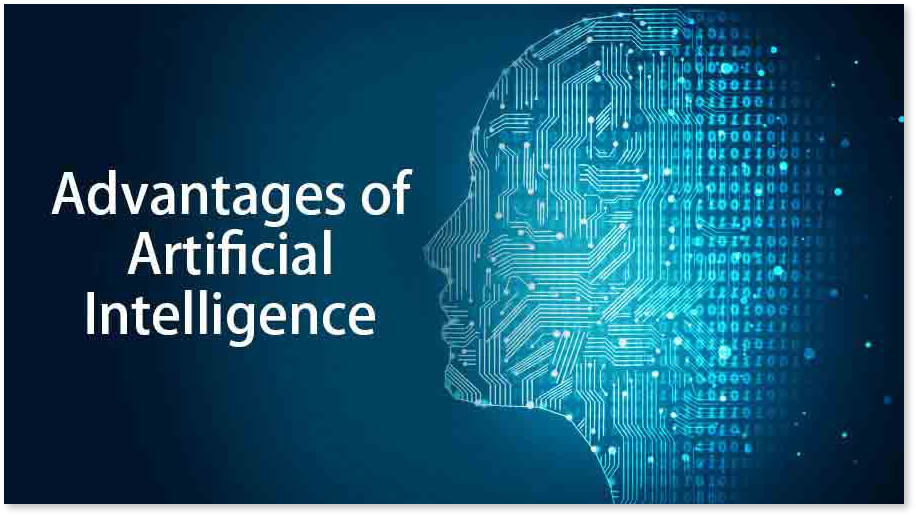
Here are some compelling benefits of using AI storytelling tools:
1. Efficiency and Speed
AI storytelling tools expedite the creation process, generating content swiftly and efficiently. They offer a shortcut to crafting narratives, saving valuable time and effort.
2. Diverse Content Creation
These tools facilitate the creation of diverse content across genres and formats. From stories and articles to scripts and poems, AI-driven tools cater to a broad spectrum of creative needs.
3. Enhanced Creativity
AI storytelling tools act as creative catalysts, sparking inspiration and offering suggestions that may ignite fresh ideas. They complement human creativity by providing alternative perspectives and prompts.
4. Personalization and Adaptability
AI tools adapt to user inputs, allowing for personalized storytelling experiences. They tailor content based on preferences, creating narratives that resonate with individual tastes.
5. Collaborative Potential
Some AI storytelling tools support collaboration, enabling multiple users to work on a story simultaneously. This fosters teamwork and allows for collective input and refinement.
6. Innovation in Narrative Forms
AI tools push the boundaries of traditional storytelling, exploring new narrative forms and interactive experiences. They pave the way for innovative storytelling methods, such as interactive narratives and adaptive storytelling.
7. Versatile Applications
Beyond creative endeavors, AI storytelling tools find applications in various fields, including education, marketing, gaming, and more. They serve as versatile tools with multifaceted uses beyond just storytelling.
What could be the future of AI-storytelling apps?

The future of AI-storytelling apps holds vast potential, poised to transform storytelling in numerous ways:
1. Enhanced Personalization
AI will delve deeper into understanding individual preferences, crafting narratives tailored to specific tastes, emotions, and experiences. Storytelling apps will offer hyper-personalized content, engaging users on a profound and individual level.
2. Interactive and Immersive Experiences
AI-driven apps will evolve to offer more immersive and interactive storytelling experiences. Users might become active participants, influencing plots, character arcs, and outcomes in real-time.
3. Multi-Sensory Storytelling
Advancements in technology might enable AI storytelling apps to incorporate multiple sensory elements beyond text, such as audio, visuals, augmented reality (AR), and virtual reality (VR). This convergence could create deeply immersive and sensory-rich narratives.
4. Educational and Therapeutic Applications
AI storytelling apps could revolutionize education by offering interactive learning experiences tailored to individual learning styles. Additionally, they might find applications in therapeutic storytelling, aiding in mental health treatments and emotional well-being.
5. AI Co-Creation with Human Authors
As AI continues to evolve, it might collaborate more closely with human authors, augmenting their creative processes rather than replacing them. This collaboration could lead to unique and innovative storytelling forms.
6. Real-Time Adaptation and Dynamic Narratives
Future apps might craft dynamic narratives that adapt in real-time based on user behavior, preferences, and context. This dynamic storytelling could offer ever evolving and limitless storylines.
7. Integration with Emerging Technologies
Integration with emerging technologies like blockchain for content ownership, quantum computing for enhanced processing, or neurotechnology for deeper user engagement could revolutionize the landscape of AI storytelling.
Conclusion
In the ever-evolving landscape of storytelling like ChatFAI, the integration of AI for storytelling games and AI storytelling online stands as a testament to innovation. As a seasoned user of AI-writing tools, I’ve witnessed firsthand their transformative influence on modern storytelling. These tools don’t just expedite creativity; they spark a revolution, offering a glimpse into a future where stories transcend boundaries and engage on deeply personal levels.
As an expert user in this domain, I echo the sentiments of technology futurist Ray Kurzweil: “Technology is the enabler of our creativity, and AI amplifies the possibilities, propelling us into uncharted territories of storytelling.”
FAQs
Q. What is AI storytelling?
AI storytelling involves the use of artificial intelligence technology to create, generate, or assist in crafting narratives, stories, or content. It leverages algorithms, machine learning, and natural language processing to develop stories that can range from text-based narratives to interactive experiences.
Q. Can I use AI to write a story?
Yes, you can use AI to write a story. There are various AI-powered tools and platforms available that assist in generating, suggesting, or even crafting entire narratives based on prompts or inputs provided by users.
Q. What is the AI app that tells stories?
Several AI apps specialize in storytelling. Notable examples include GPT-3 by OpenAI, AI Dungeon, and Sudowrite, among others. These apps use AI algorithms to generate stories, offer creative suggestions, or facilitate collaborative storytelling experiences.
Q. Can AI replace storytelling?
While AI enhances and revolutionizes storytelling, it’s unlikely to replace the essence of human storytelling. AI excels in generating content, providing prompts, and assisting in the creative process. However, the emotional depth, personal experiences, and unique perspectives that human storytellers bring to narratives remain irreplaceable.
Q. What is the best AI storytelling?
Determining the “best” AI storytelling tool depends on individual preferences and requirements. Some popular options include GPT-3 by OpenAI for its versatility, AI Dungeon for interactive storytelling, and Sudowrite for writing assistance and collaboration features.
Q. How does AI generate stories?
AI generates stories using complex algorithms and machine learning models trained on vast datasets. These models analyze patterns in text data and learn language structures, allowing them to generate coherent and contextually relevant narratives based on user prompts or inputs.